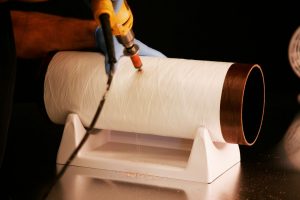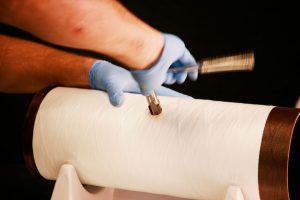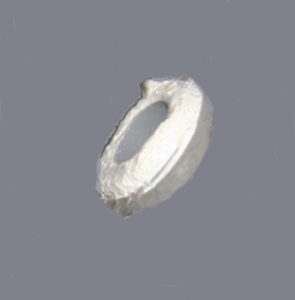Test/Inspection Ports
The ATS Test Port Assembly should be used whenever a contractor is required to drill holes in the duct. This assembly provides protection to the duct wall, while allowing the hole to be accessed in the future. Typically, this is necessary for air balancing, an inspection port for video probes or for an instrument connection. This process seals the raw exposed edges of the duct wall resulting from the drilling operation.
The ATS Test Port Assembly should be used whenever a contractor is required to drill holes in the duct. This assembly provides protection to the duct wall, while allowing the hole to be accessed in the future. Typically, this is necessary for air balancing, an inspection port for video probes or for an instrument connection. This process seals the raw exposed edges of the duct wall resulting from the drilling operation.



Step 3: Use ChemBond™ Putty Mix to coat the threaded duct edge and then liberally coat the exterior threads of the Male Adapter.


Step 4: Screw the Test Port Assembly in place until threads are no longer exposed. The excess ChemBond™ Putty on the outside threads should be smoothed to finish the tap connection.


